1.
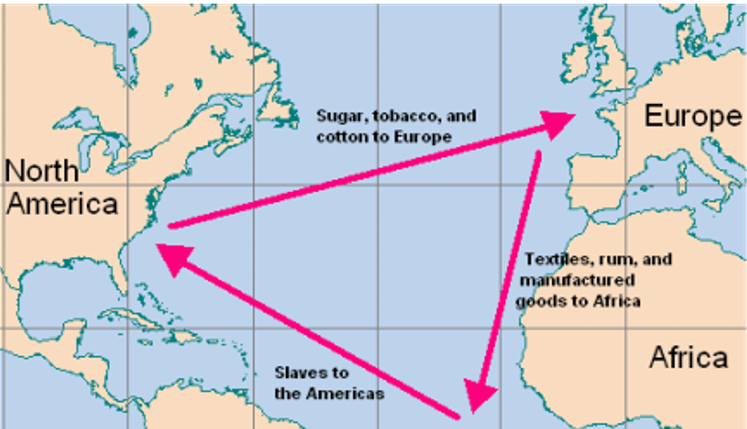
a map of the triangular trade system
Commerce in People: The Atlantic Slave Trade
The Atlantic slave trade and slavery in the Americas represented the most recent large-scale expression of a very widespread human practice-the owning and exchange of human beings. With origins in the earliest civilizations, slavery was generally accepted as a perfectly normal human enterprise and was closely linked to warfare and capture. Before 1500, the Mediterranean and Indian Ocean basins were the major arenas of the Old World slave trade, and southern Russia was a major source of slaves. Many African societies likewise both practiced slavery themselves and sold slaves into these international commercial networks. A trans-Saharan slave trade had long funneled African captives into Mediterranean slavery, and an East African slave trade brought Africans into the Middle East and the Indian Ocean basin. Both operated largely within the Islamic world.
https://www.cnblogs.com/JasperZhao/p/13364151.html
2.
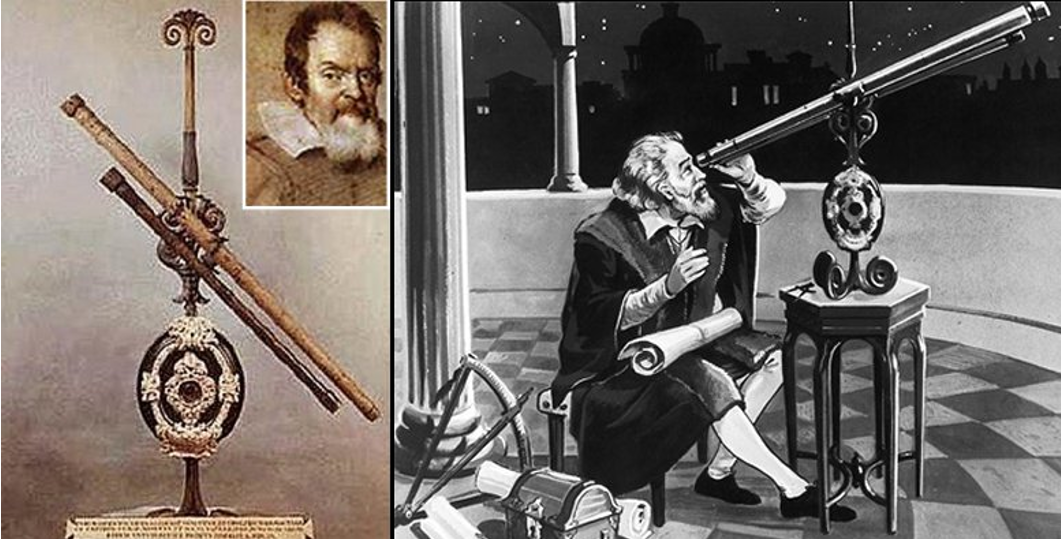
Scientific Revolution: https://mymasonportal.gmu.edu/webapps/blackboard/content/listContent.jsp?course_id=_393885_1&content_id=_10881090_1
3.
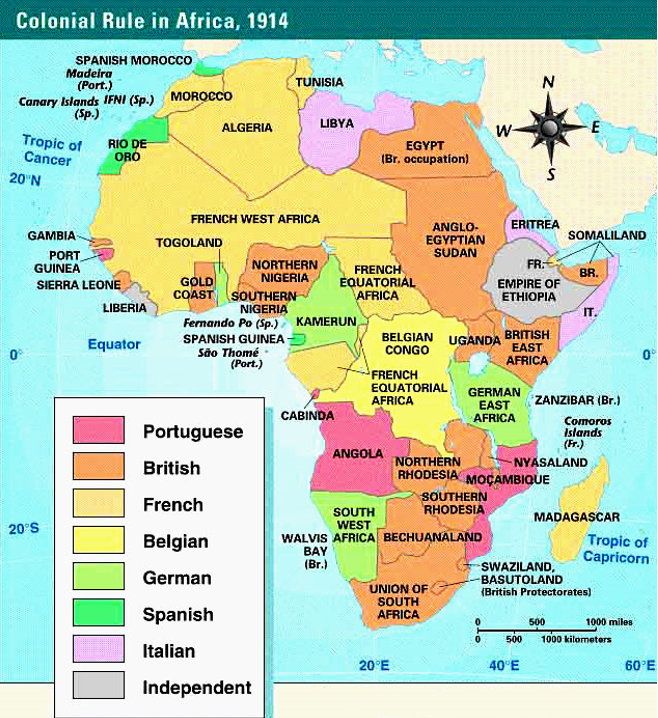
4.
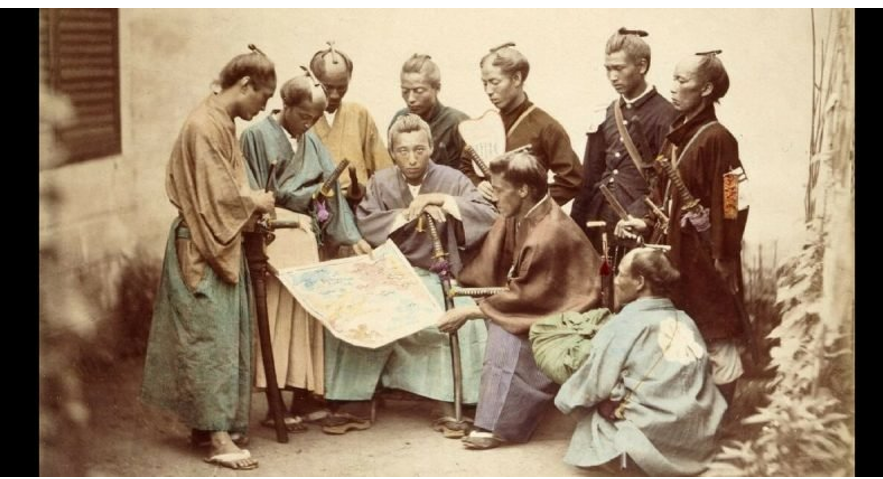
Samurai of the Satsuma clan, during the Boshin War period, circa 1867. Hand-colored Photograph by Felice Beato.
"The Age of the Samurai: 1185-1865" (2020)
http://afe.easia.columbia.edu/special/japan_1000ce_samurai.htm
Photo of Samurai (from https://www.warhistoryonline.com/medieval/17-pieces-samurai-military-equipment.html)
5.
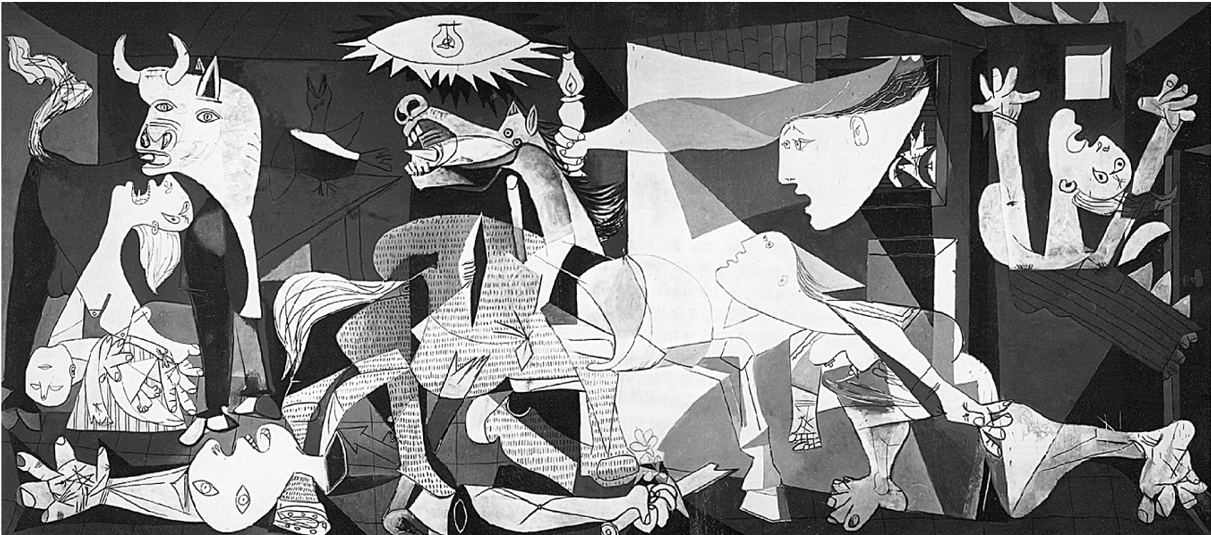
Guerncia(1937), by Pablo Picasso, depicts the devastation of the city of Guernica, Spain, by the Nationalist bombs. Bombing civilians here was a "dress rehearsal" for the use of airplanes and bombs.
dress rehearsal: the final rehearsal of a live show, in which everything is done as it would be in a real performance.
What do you think of Picasso's painting Guernica (in the slides)? Can you identify the parts of the painting? Do you think it was an effective protest against the bombing in Guernica? What do you think Picasso might paint about conflict in the world today?
Two descriptions of Picasso's Guernica:
https://www.khanacademy.org/humanities/art-1010/early-abstraction/cubism/a/picasso-guernica
http://www.museoreinasofia.es/en/collection/artwork/guernica
6.
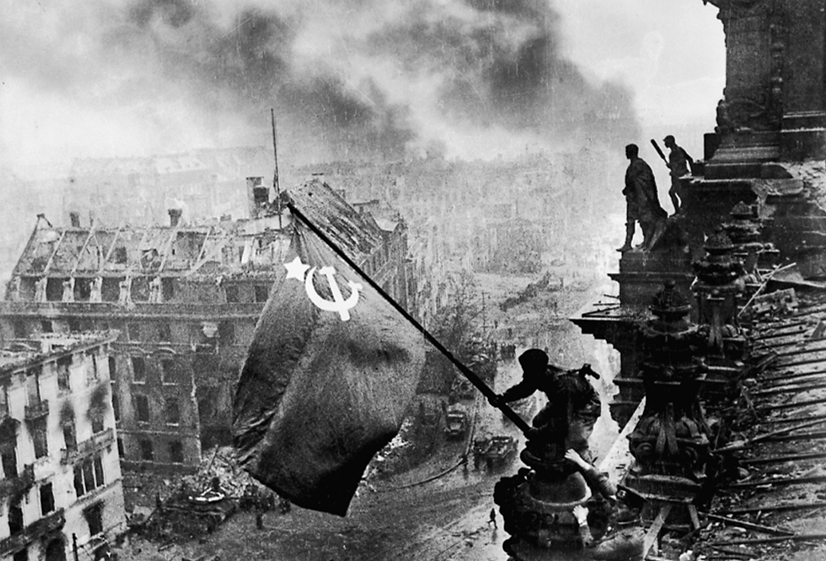
Evgeny Khaldei, photographer, "Raising the Red Flag Over the Reichstag", May 1, 1945.
Khaldei was one of several Soviet Jewish photographers to document Nazi atrocities and (in this case) Soviet heroism on the Eastern front. In this photograph,
which became the best-known image of Soviet victory, a Soviet soldier raises a flag over the Reichstag in Berlin, Hitler committed suicide in his bunker.